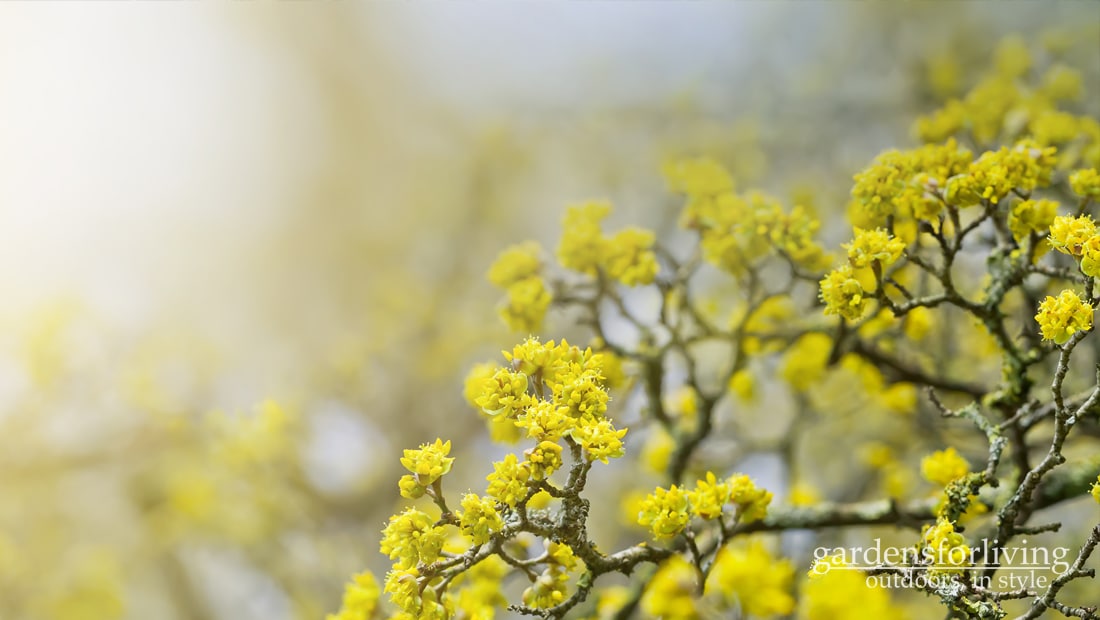
26 Feb How Deciduous Trees can Shine in Winter Gardens
Winter will soon come to a close, but before it does, we are encouraging folks to take a last look around to appreciate its natural beauty, and think about what they might like to see next year in their winter landscape. Today, our topic is deciduous trees.
In summer and spring we appreciate deciduous trees for their lush green leaves, their flowers, and the many animals they shelter and feed. But I would argue that deciduous trees are equally beautiful in winter – just in a different way. In winter, they become organic sculptures that tell a unique story.
You can become much more familiar with a tree in winter – you really are seeing its true essence, after all. You can notice things that you never did before, like the beautiful color or texture of its bark, the distinctive way it’s shaped, or the complex lattice shapes its branches make against the sky.
We always consider winter when we add deciduous trees to a landscape, and we choose and place trees in such a way that they will provide something eye-catching all year round. While you can find beauty in any tree if you look for it, there are several trees that look absolutely stunning in winter, and we particularly love using them.
Maples and oaks. These classic trees have especially beautiful branches with graceful, organic lines. Their character really comes alive during winter, and they add a lot of visual interest and character.
Yellow-twig dogwoods. These hardy shrubs are a glorious emerald green color in summer, but winter is where they really shine. Their stalks turn bright yellow, which looks luminescent on gray, gloomy days, and radiant when the sun hits it.
Red-twig dogwoods. These shrubs are similar to yellow-twig dogwoods, except that – as their name implies – their branches turn a luminous red in winter. Both yellow-twig and red-twig dogwoods have a particularly nice effect when they are grouped together.
Paperbark maple. This tree has a coppery-brown color that stands out brilliantly in winter. But the real prize is its exfoliating bark, which resembles peeling paper. You can place these trees anywhere and they’ll look great, but I like to place them where their incredible and visual interest can be viewed from a window
Coral bark Japanese maple. The bark of this tree has a vivid orange-red hue that really comes alive in winter – especially on gray days.
Crape myrtles. Some crape myrtle varieties have beautifully mottled bark, and their branches are woven together in a way that’s very pretty.
Trees aren’t just about beauty, though. The next time you’re out and about in nature, take a moment to reflect on a tree. Follow its lines, and admire its bark. Think about how different it will look in just a few months’ time, when all of the curves and nooks and old nests you see now will be hidden from view by leaves. Think about how next winter, you will see the whole tree again, and how it would feel almost like a welcome appearance by an old friend. Then you’ll have the whole picture of why we love trees in winter landscapes.
Trees tend to get a lot of the glory in a landscape, but there are more subtle elements that are equally beautiful and interesting. In our final post, we’ll be talking about grasses and ground cover, and all of the interest and character these oft-overlooked plants have to offer in winter.




Sorry, the comment form is closed at this time.